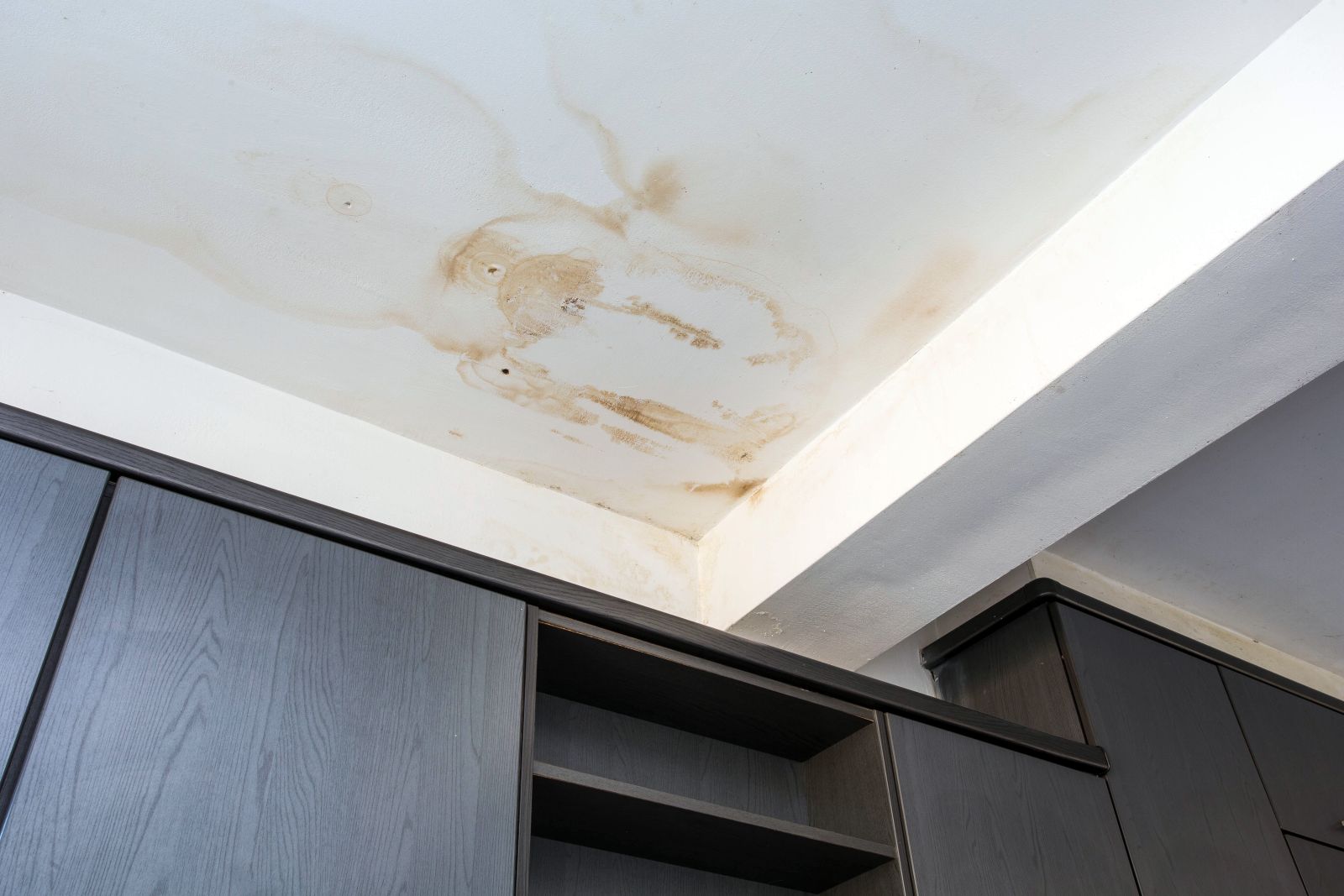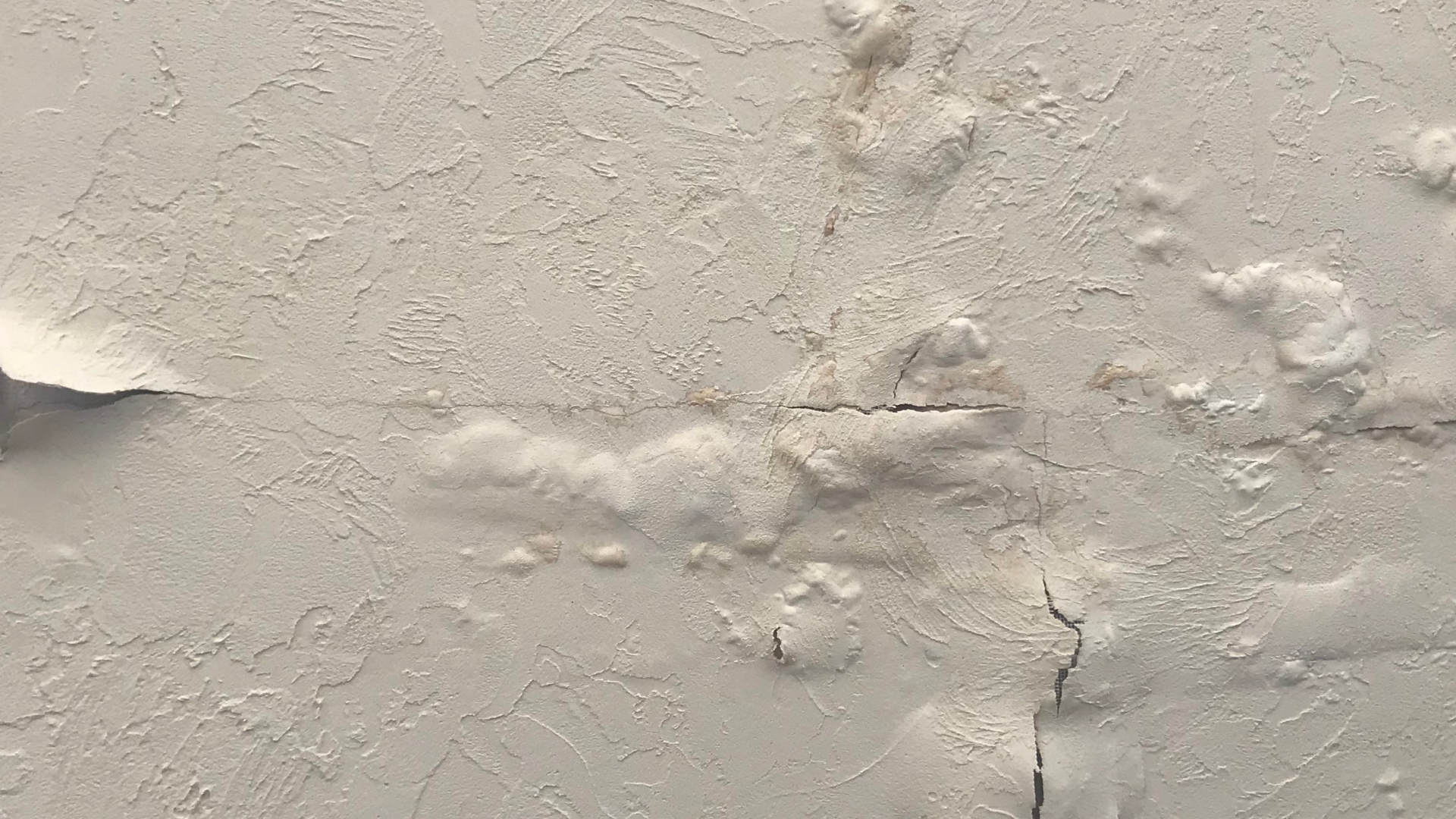Causes Contributing to Water Deterioration in the Bathroom
Causes Contributing to Water Deterioration in the Bathroom
Blog Article
They are making several good points relating to How to Repair and Prevent Bathroom Water Damage? as a whole in this great article followed below.

Water damage typically happens in the bathroom as a result of the water used daily. Often, the damage could be a little mold and mildew from the shower. Various other times, it's massive damage on your floor. Whatever it is, it is always excellent to understand the reason and prevent it before it occurs.
This overview will go through some of the common causes of water damage in the restroom. We will also examine what you can do to avoid these causes from damaging your bathroom. Allow's dive in.
5 Common Reasons For Water Damage in Restrooms
These are the common factors you would have water damage in your washrooms and just how you can spot them:
Burst or Dripping Pipelines
There are numerous pipelines carrying water to different parts of your washroom. Some pipes take water to the commode, the sink, the faucets, the shower, and several various other places. They crisscross the tiny area of the restroom.
Every so often, these pipelines can obtain corroded and also burst. Other times, human action might create them to leakage. When this occurs, you'll find water in the edges of your washroom or on the wall.
To identify this, watch out for gurgling wall surfaces, mold and mildews, or mildew. Call an expert emergency situation plumbing professional to fix this when it happens.
Fractures in your wall surface tilesv
Restroom wall surface floor tiles have actually been specifically designed for that objective. They shield the wall surface from moisture from individuals taking showers. Nonetheless, they are not unbreakable.
Sometimes, your restroom wall surface tiles fracture and also allow some moisture to seep right into the wall. This can potentially damage the wall surface if you don't take any type of activity. If you see a fracture on your wall floor tiles, repair it instantly. Do not wait up until it damages your wall.
Overruning toilets and also sinks
As humans, sometimes we make errors that could trigger some water damage in the bathroom. For example, leaving your sink faucet on could trigger overruning and also damages to other parts of the bathroom with moisture.
Additionally, a damaged commode can trigger overruning. For example, a busted commode handle or various other parts of the tank. When this happens, it could damage the floor.
As quickly as you see an overflowing sink or bathroom, call a plumbing technician to aid deal with it quickly.
Roof Leaks
Often, the problem of water damage to the washroom may not come from the washroom. As an example, a roof covering leak can cause damages to the restroom ceiling. You can detect the damage done by considering the water stains on the ceiling.
If you find water stains on your ceiling, check the roof to see if it's damaged. After that, call a specialist to help solve the concern.
Excess Dampness
It's awesome to have that long shower and also dash water while you hem and haw as well as imitate you're carrying out, yet often these acts might create water damage to your washroom.
Spraying water around can create water to go to edges as well as form mold and mildews. Enjoy exactly how you spread excess moisture around, and when you do it, clean it up to stop damages.
Final thought
Water damage to your washroom can be frustrating. Nonetheless, you can manage it if you prevent some of the causes mentioned in this guide. Call a professional emergency plumbing technician if you observe any type of serious damage.
Common Causes of Water Damage in a Bathroom
Water damage can appear virtually anywhere in your home, but bathrooms and basements are the two most common areas. It’s easier to spot causes and signs of water damage in an unfinished basement, but that doesn’t mean it’s any less severe to have water damage occur in your bathroom.
Spotting Signs of Bathroom Water Damage
The bathroom is probably the most common place where you’ll use water in your home. Because of this, there’s a relatively high risk of sustaining water damage. The longer water damage goes untreated, the worse it can get. Therefore, you need to know what signs to look for and deal with any damage as soon as possible.
There are often items like rugs, bottles, towels, and so on crammed in every corner of the typical bathroom, which can trap moisture and hide budding problems. But what usually causes the most water damage in a bathroom? How can you spot it, especially with so many items in the way? This article addresses several common ways to notice, prevent, or fix bathroom water damage.
A Recurring or Persistent Musty Odor
Wherever there’s water damage, you almost always find small spots of mold, or even a full-blown infestation. When you leave mold to thrive and grow, it creates a stinking, musty odor that’s pretty hard to miss. Don’t leave musty smells unaddressed—try to find the source so that you can have it repaired before more damage occurs.
Damaged Grout or Caulk
When these sealing agents fail, virtually nothing prevents water from seeping past the barrier, causing water damage and mold growth underneath wall and flooring tiles. Damaged showerheads, spigots, grout, or caulking, combined with excessive moisture, create the perfect environment for mold to thrive.
Loose Tiles or Spongy Floors
Moldy and water-damaged walls make it more difficult for tiles to stay in place, which can cause them to become loose. In addition, persistent moisture on a bathroom floor can result in water damage to the subflooring layer, causing it to degrade, lose integrity, and feel spongy.
Stubborn Growth
If there’s visible mold in your bathroom that you’ve removed more than once, the most likely reason it keeps coming back is a deeper infestation in the walls or floors. It’s critical to deal with this problem immediately to prevent further damage and new or worsening health issues.
https://advantaclean.com/blog/common-causes-of-water-damage-in-a-bathroom/

Common Causes of Water Damage in a Bathroom
Water damage can appear virtually anywhere in your home, but bathrooms and basements are the two most common areas. It’s easier to spot causes and signs of water damage in an unfinished basement, but that doesn’t mean it’s any less severe to have water damage occur in your bathroom.
Spotting Signs of Bathroom Water Damage
The bathroom is probably the most common place where you’ll use water in your home. Because of this, there’s a relatively high risk of sustaining water damage. The longer water damage goes untreated, the worse it can get. Therefore, you need to know what signs to look for and deal with any damage as soon as possible.
There are often items like rugs, bottles, towels, and so on crammed in every corner of the typical bathroom, which can trap moisture and hide budding problems. But what usually causes the most water damage in a bathroom? How can you spot it, especially with so many items in the way? This article addresses several common ways to notice, prevent, or fix bathroom water damage.
A Recurring or Persistent Musty Odor
Wherever there’s water damage, you almost always find small spots of mold, or even a full-blown infestation. When you leave mold to thrive and grow, it creates a stinking, musty odor that’s pretty hard to miss. Don’t leave musty smells unaddressed—try to find the source so that you can have it repaired before more damage occurs.
Damaged Grout or Caulk
When these sealing agents fail, virtually nothing prevents water from seeping past the barrier, causing water damage and mold growth underneath wall and flooring tiles. Damaged showerheads, spigots, grout, or caulking, combined with excessive moisture, create the perfect environment for mold to thrive.
Loose Tiles or Spongy Floors
Moldy and water-damaged walls make it more difficult for tiles to stay in place, which can cause them to become loose. In addition, persistent moisture on a bathroom floor can result in water damage to the subflooring layer, causing it to degrade, lose integrity, and feel spongy.
Stubborn Growth
If there’s visible mold in your bathroom that you’ve removed more than once, the most likely reason it keeps coming back is a deeper infestation in the walls or floors. It’s critical to deal with this problem immediately to prevent further damage and new or worsening health issues.
https://advantaclean.com/blog/common-causes-of-water-damage-in-a-bathroom/
Do you like more info about How to Repair and Prevent Bathroom Water Damage?? Put feedback below. We will be delighted to hear your feelings about this posting. Hoping that you come back again before long. Are you aware of another person who is in to the niche? Do not hesitate to share it. I am grateful for your time. Don't hesitate to pay a visit to our site back soon.
About This Report this page